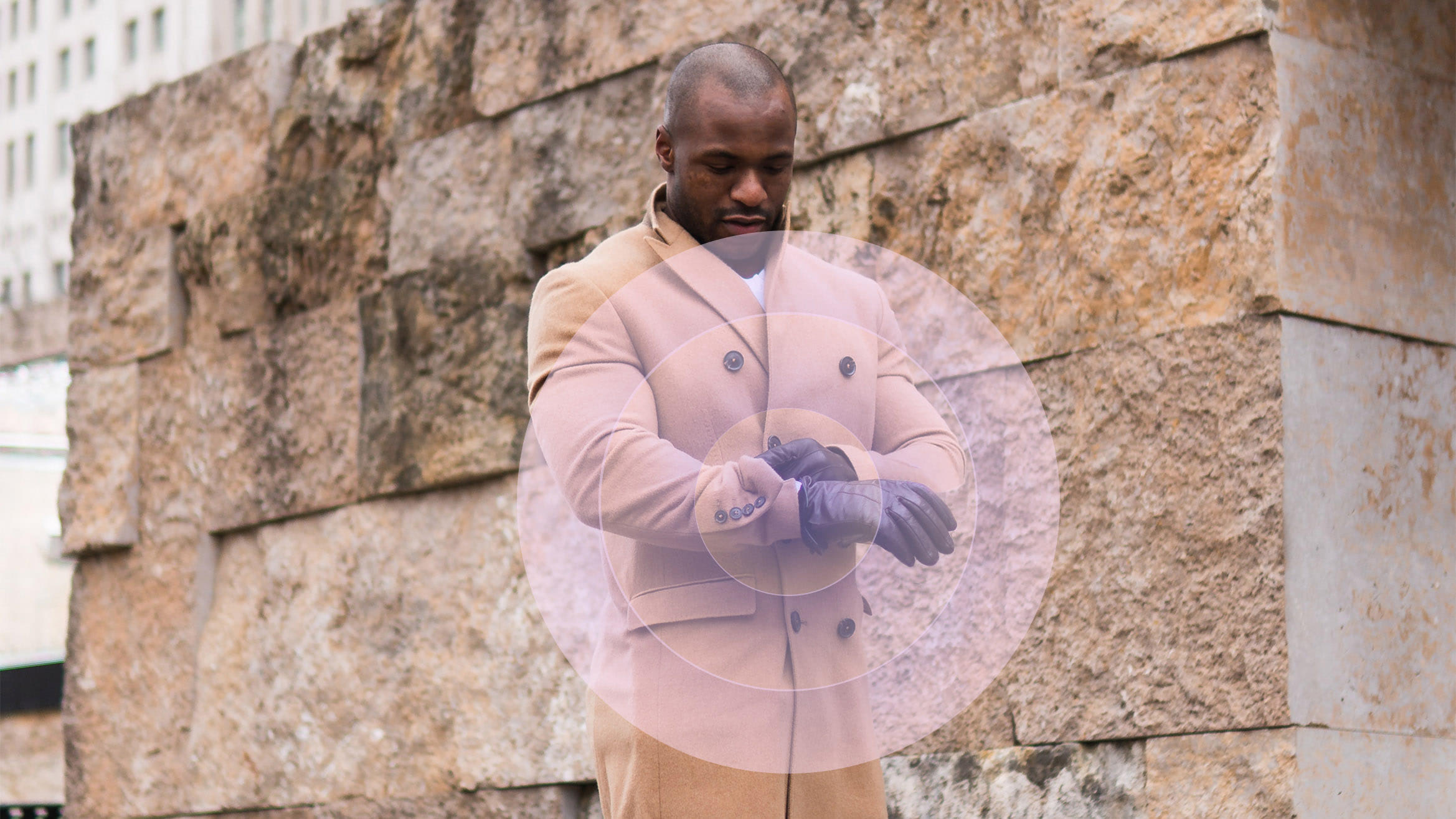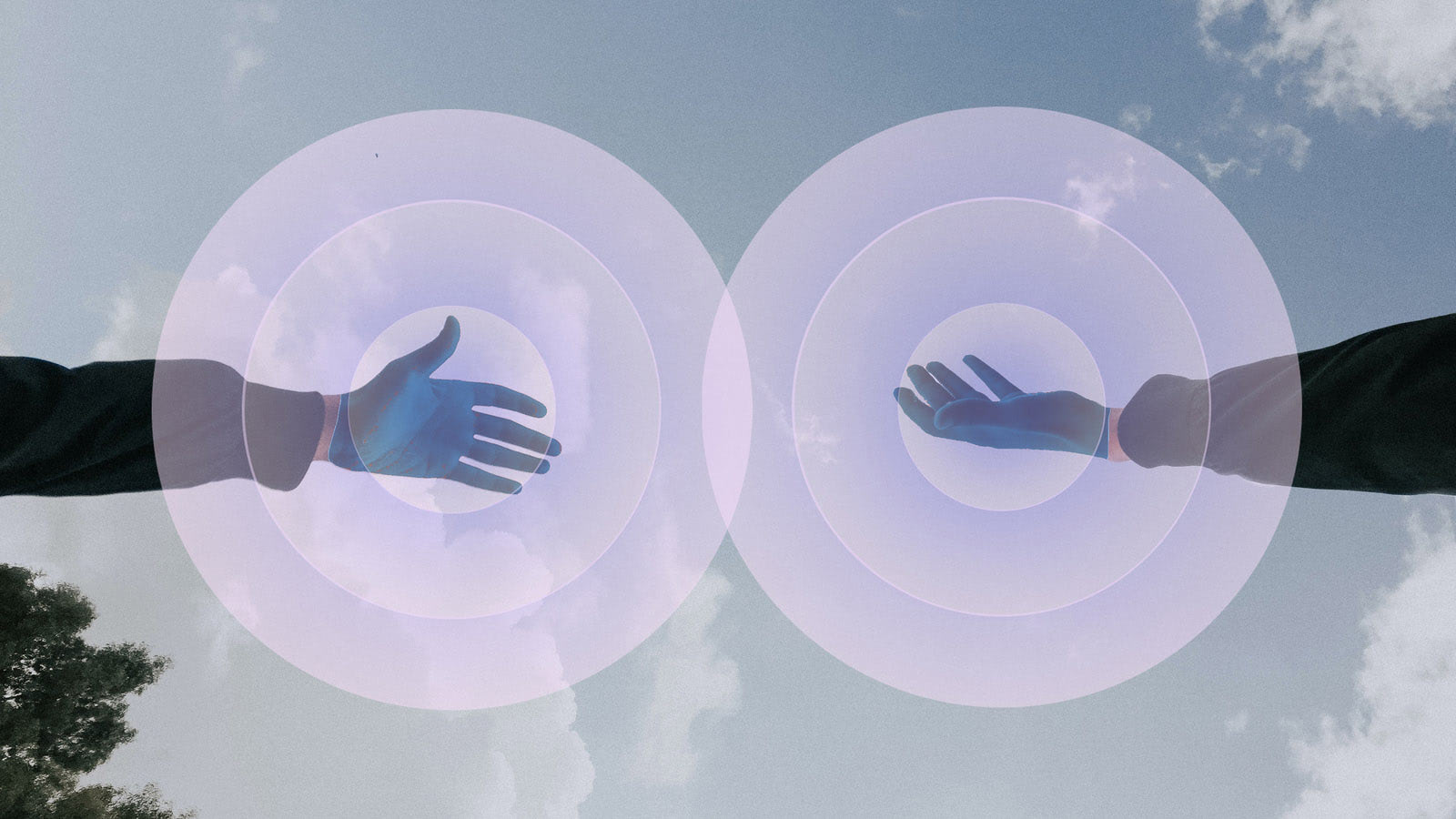“Please refrain from hand shaking" is a common sign we now see as a result of public health organizations advising people to avoid shaking hands as a greeting. As people still want to greet other people, Next Nature sees this an opportunity to speculate on a new handshaking ritual that could become your 'next normal'. But that's yours to decide.
But before look forward, we wonder: How did the handshake become a universal ritual to greet each other?
Sign of peace
The circumstances have made the handshake potentially dangerous, due the risk of contamination or infection, whereas the handshake used to be a sign of peace. The handshake was used to show that neither person was carrying a weapon. However, the handshake used to be more of an arm grab; by grabbing each other's forearms they could check for knives hidden up the sleeves and shake the hand in an attempt to shake loose any hidden weapons.
Where the handshake used to be a gesture to exclude danger and a sign of openness and contact, it recently become a dangerous gesture or at least a clumsy act of insensitivity.
Today, the restriction of giving handshakes, understandable in the current situation, might have a larger impact on society than we can imagine. As we are now living in an even more technology-focused, socially disconnected world, a decrease in social touch has already resulted in less touching.
The decline in social touch is partly due to the fear of being accused of inappropriate touching. Therefore the restriction might push us towards a society, in which we have forgotten the positive effects of social touch, as we have developed negative associations with social touch. This while touch has profound benefits for us human beings.
The importance of touch
Why is touch so important? First, touch helps us communicate our feelings. Second, a large amount of studies have shown it affects our short- and long term wellbeing. During the early development in (pre-term) babies it is proven to be crucial in early brain development. This because touch releases the hormone oxytocin, which reduces stress. Moreover it can also reduce feelings of social exclusion and even increase food intake among elderly people living in a nursing home.
Therefore it is crucial to ensure touch will be part during- and post-corona.
The next handshake
Whereas the handshake is almost universal, in fighting the virus, countries are now searching for new 'versions' of the handshake. For example in Wuhan the foot shake was introduced (which led to hilarious dance tutorials on YouTube) in Britain people greet each other with the Namaste greeting, in the United States the elbow tap, and in New Zealand the Kahungunu wave, which is an eyebrow raise.
During this period of time, touch could alleviate the circumstances, as “touch has been shown to cushion stress levels in humans.” Next Nature sees this situation as an opportunity—as it merges biology with technology.
Nowadays you'll often see people on the streets wearing gloves for protection. We wonder, how to augment these gloves?
Sensors could be integrated into the glove. These sensors measure the posture and tension of the handshake. Using bluetooth technology, people could send out an “invitation” to give a handshake to someone in range of the bluetooth.
The person who receives than can accept or decline the handshake. When that person accepts the handshake, the person gets an notification. Both should grab their own arm. The sensors measure the posture and tension in the glove, and transfer the data towards the other glove. The data is then converted in order to simulate the given handshake through haptic feedback.

Shake on it? Let us know in the comments what you think!

Share your thoughts and join the technology debate!
Be the first to comment